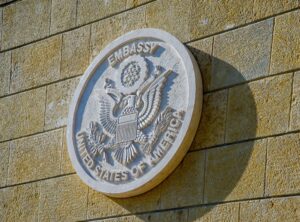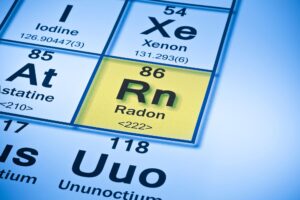Government claims that bonfire night celebrations are worse for air quality than waste incinerators
Bonfire night celebrations have a worse effect on air quality in the UK than all of the country’s waste incinerator’s yearly emissions, according to the government.
The claim came from the Department for Environment, Food and Rural Affairs (Defra), the government department responsible for monitoring the UK’s air quality.
Bonfires on November 5 contribute more pollutants to the air than those emitted by waste incinerators according to DefraHowever, the claim has been branded as ‘misleading’ by anti-waste incineration campaigners who say that incineration does not remove harmful pollutants from waste.
Responding to a query about the effects of waste incineration on the amount of particulate matter that is measured in the air, a spokesperson for the department, said: “In 2010, estimated emissions from bonfires lit for Guy Fawkes celebrations, were greater than those created by Municipal waste incineration for the entire year.”
The statement from Defra confirms a claim made by former environment secretary Michael Meacher in 2003, who claimed that road traffic, abandoned vehicles being burned and bonfires on Guy Fawkes night produced more dioxins than incineration of waste.
Impact
The relative impact of waste incinerators compared to emissions from bonfire night was highlighted this week by councillor Stan Waddington, of Gloucestershire county council, who was speaking in defence of the council’s plans to build a 190,000 tonne-a-year capacity waste incinerator at Javelin Park.
He said: “The 2010 Dioxin Inventory shows the emissions from bonfire night accounted for 3.6 per cent of all UK emissions, whereas emissions from all of the UK’s energy from waste facilities accounted for just over half of one per cent of the total emissions (0.64%) each year.
Defra has put in place strict controls on permitted emission levels from plants which burn waste to protect the environment and human health.
But, opponents to the development of waste incineration facilities across the UK still maintain that they have a negative effect on the UK’s air quality.
These include the United Kingdom Without Incineration Network (UKWIN), whose national coordinator Shlomo Dowen, claimed that Defra’s assertion that bonfires were more harmful than incinerators was ‘misleading’.
He said: “The scale of emissions from bonfires is dwarfed by incineration facilities that handle hundreds of thousands of tonnes of waste per year.
“The laws of physics say that matter can neither be created or destroyed, so those nasties in the waste are released into the air through the chimney or gather in fly ash and have to be buried.”
Estimates
Defra’s air quality forecasting service UK AIR, Â run by consultancy AEA, estimates that moderate levels of particulate matter PM2.5 and PM10 are likely be observed in built-up areas near bonfires and firework celebrations, but would remain at relatively low levels due to windy weather. Regular exposure to these particles can lead to health problems.
Andrew Grieve, air quality analyst at King’s College London, which forecasts and monitors air pollution levels across the capital, confirmed that pollutant levels tend to spike on bonfire night as a result of wood being burned on bonfires and fireworks being set off.
He said: “If the conditions are cold and still it is likely to have an effect, we have seen high and very high levels in the past, but these have always been localised to where the bonfire is located.
“The other thing that is very interesting is that you see a lot of weird and wonderful metals in the air on bonfire night, these are caused by the chemicals and metals contained in the fireworks.”













[…] plant uses a less dioxins in a year when compared to Bonfire Night. (Air Quality News 2012). Air UK claim regular exposure can lead to regular health […]